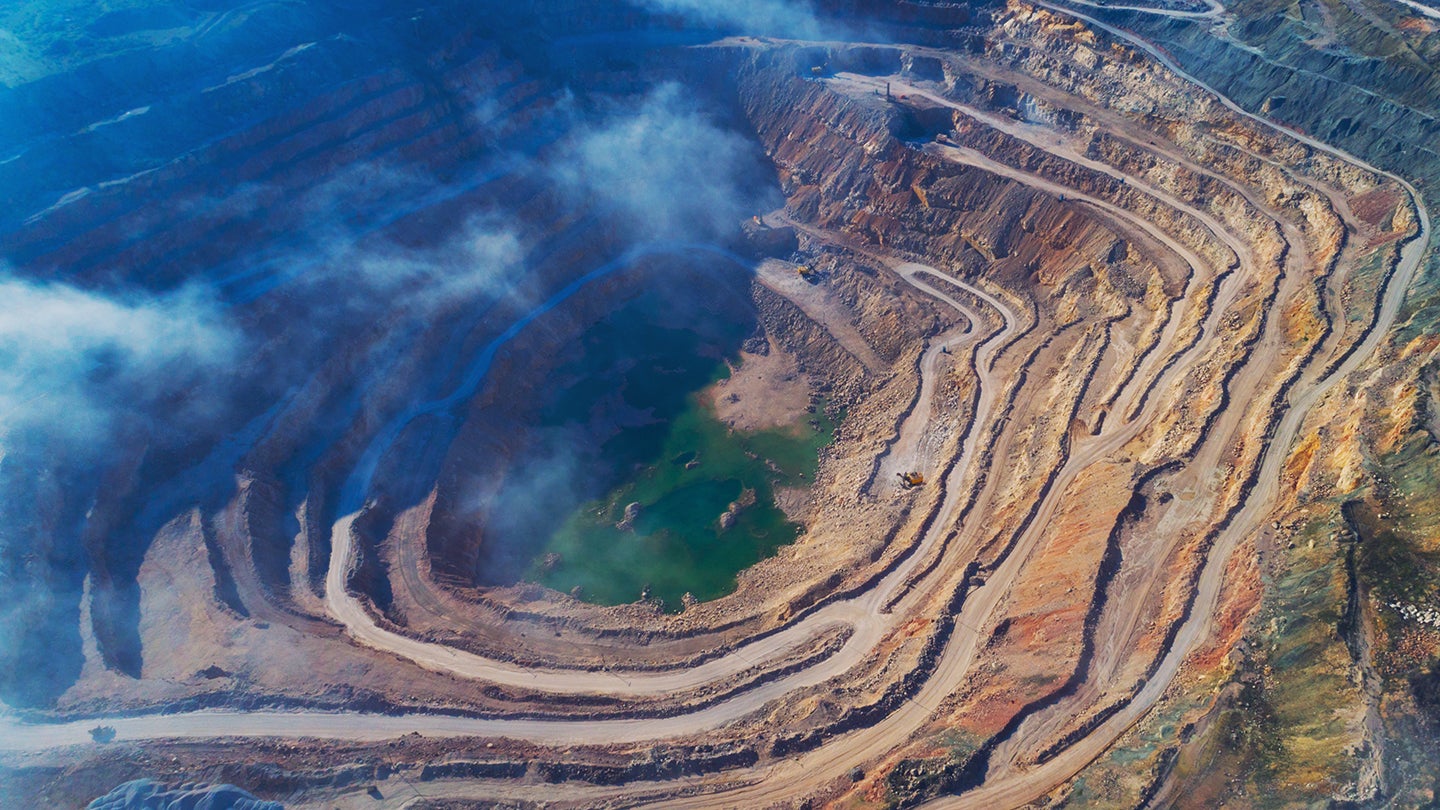George Trotter is an analyst working in the thematic team at GlobalData. During his time at GlobalData, he has authored reports in AI in mining, the metaverse in media, and co-authored the video streaming report and the TMT 2023 predictions report.
Lara Virrey: What are the most exciting developments in AI for the mining industry today?
George Trotter: Certainly one of the most important is mining companies using AI for predictive maintenance. For mining companies, productivity can be particularly impacted by machine breakdowns. By understanding the condition of their equipment, specific components can be replaced before they fail and cause larger problems, or replacement parts can be ordered well in advance.
AI can be utilised to analyse sensor data from mining equipment and machinery, identifying patterns that indicate potential equipment failures or maintenance needs. By implementing predictive maintenance strategies, mining companies can schedule maintenance activities proactively, reducing unexpected downtime and optimising equipment performance. This approach minimises costs associated with unscheduled repairs and maximizes overall operational efficiency.
Lara Virrey: How can companies in the mining sector benefit from advances in generative AI in particular?
George Trotter: The creation capabilities of AI are certainly applicable to mining. Mining is not generally associated with generative AI, however, there are clear opportunities where new generative AI technologies can be used across many aspects of mining. It will be especially important that firms invest in this technology for both marketing and feasibility studies, where it will vastly improve efficiency.
An example of how mining companies are using AI can be found with the predictive price platform Akkio. Commodity price changes have a significant impact on mining companies, as miners’ profits are directly tied to the price at which they can sell the metals they dig up.
Akkio developed a solution to help mining companies predict these price fluctuations. The American technology start-up has introduced a forecasting solution using generative AI for the mining sector to help them more accurately forecast commodity prices and plan their business accordingly. It uses AI to simplify forecasting mineral commodities that have large random price fluctuation that makes it difficult for businesses to forecast accurately.
Lara Virrey: Which barriers to implementation of AI remain in the mining industry, and how could they be overcome?
George Trotter: The mining industry is currently suffering from a labour shortage, with BHP announcing in July 2022 that it was facing rates of 20% absenteeism. Management will be forced to focus on looking to replace or fill these vacant roles.
The mining companies are already struggling to survive with the current downturn in the economy and the management will be forced to prioritise where the investment goes. Therefore, it might be likely that in the short run, the large cost will act as a barrier to investment and implementation of AI technologies.
Lara Virrey: Which companies are the leading adopters of AI technologies in the mining sector?
George Trotter: The leading adopters of AI technologies from mining companies are those that have started looking at autonomous vehicles, mineral exploration, and even the generative side.
On the automation side, the true leading adopters are Fortescue, Teck Resources, and Vale. Vale even has a full AI centre that analyses and monitors how the autonomous trucks are operating and other methods to improve efficiency. Approximately 50 professionals – including data scientists, engineers, and business experts – are exclusively dedicated to Vale’s Artificial Intelligence projects.
Elsewhere, Anglo American Plc is one of the leading AI adopters using human-AI interaction. It has been using computer vision to create a digital twin of one of its own mines. The UK company has targeted its Quellaveco copper mine in Peru as a target to reap the benefits of AI technologies. It has partnered with Siemens’ COMOS platform which uses AI and computer vision to create a digital twin of this mine.
This virtual replica of the mine will be able to replicate and simulate everything that happens in its process plant, and with this, digital mining specialists can carry out predictive tests that help reduce security risks, optimise the use of resources, and improve the performance of production teams.




